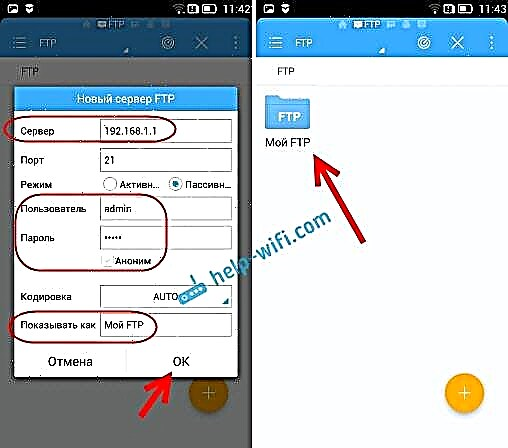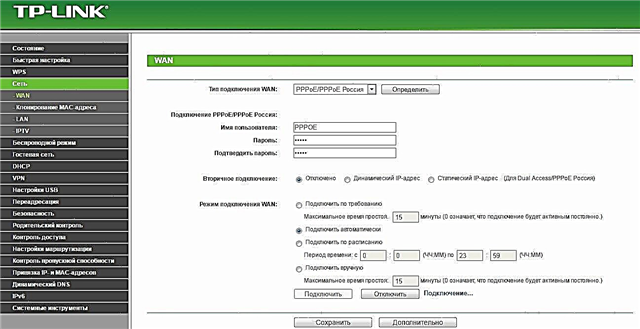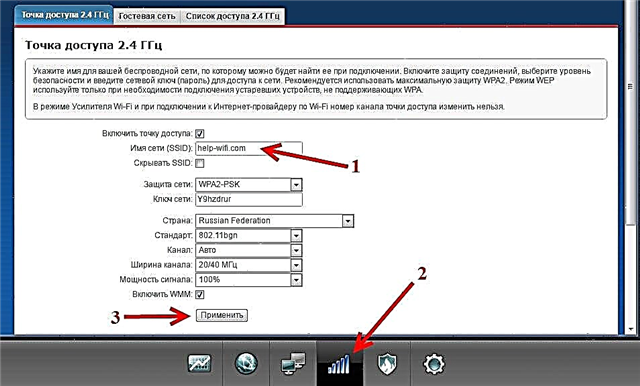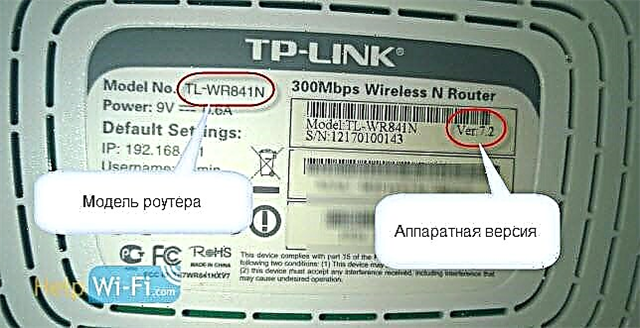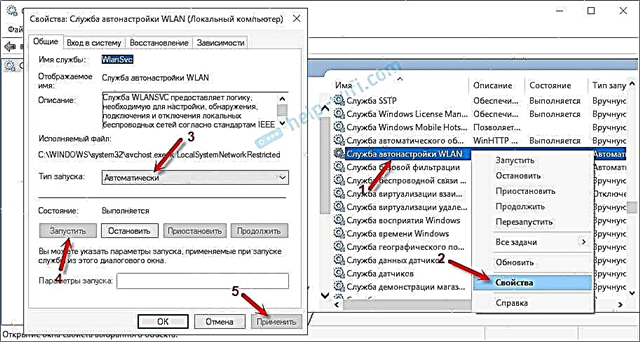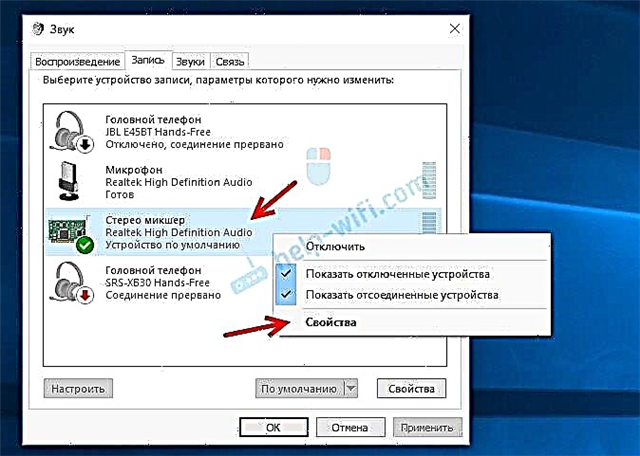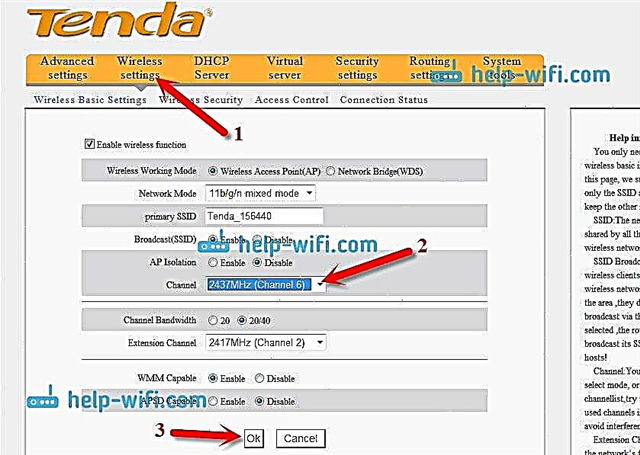Digital terrestrial television is slowly but surely replacing analog television. In Ukraine, from the fall of 2018 to the spring of 2019, they plan to completely turn off analog television. As far as I know, Russia is also planning to turn off analog TV in early 2019. And despite the fact that many people watch satellite TV, cable, or IPTV, many residents will have to look for alternatives. Otherwise, the TV will simply stop working and receive a signal at one point. And instead of our favorite TV channel, we will see the hiss of the TV.
Of course, instead of analog television, digital terrestrial television has been working well for a long time, which everyone can watch absolutely free of charge (in Russia there seems to be a separate paid package). All popular channels that we watched before are available for free viewing. Moreover, there are more channels, and the picture and sound quality is much better. In connection with the transition to T2, many have a question about what is needed to receive digital terrestrial television. How to receive a T2 signal and what devices are needed for this? What should be TV? Do I have to buy a T2 set-top box (tuner)? Which antenna is right for you? There are a lot of such questions. In this article I will try to answer the most popular ones.
Digital terrestrial television - what is it, what are the advantages and what is the difference?
I will try to explain everything in simple words. Terrestrial television is that television that is transmitted using a signal that is broadcast using TV towers.
Terrestrial television can be divided into:
- Analog. An old format, which is now being actively switched off in many countries. Including in Ukraine and Russia.
- Digital. A new format that allows you to receive and watch channels in the best quality. The digital format is less sensitive to noise. Can broadcast more channels.
Until recently, our TV using a conventional antenna used to receive analogue television (it is still possible to receive it if it has not yet been turned off in your country). As technology advances, analog television is simply outdated. Therefore, a smooth transition to digital television in the DVB-T2 format has long begun.
DVB is a set of digital television standards. DVB-T is an obsolete format. DVB-T2 is a new format.
Digital TV has many advantages over analog TV. The first and very big plus is signal compression. Due to this, the maximum number of on-air channels that can be broadcast has increased. At the same time, the picture and sound quality has improved, which is simply necessary for modern, large TVs. It also became possible to transmit information about the TV show, information about the next programs, etc.
Depending on the country, the broadcast of the channels is divided into packages. In Ukraine, for example, you can watch 32 channels in digital quality for free. These are 4 packages (multiplexes) of 8 channels. For example, because of a bad signal, I only catch 2 packets (16 channels). There are two free packages in Russia. Each one broadcasts 10 channels.
No matter how many options are available. If we want to watch terrestrial television, then we will have to switch to T2. Or install a satellite dish, connect IPTV, or cable TV. In villages and small towns, most likely there are only two options left: satellite TV, or terrestrial T2. Which is better - you decide. Perhaps later I will write an article on this topic.
What do you need to receive DVB-T2 signal?
Returning to the topic of the article - the equipment that is needed to receive digital terrestrial television.
- Or a TV with DVB-T2 support.
- Or a special T2 prefix (tuner).
- Antenna.
Everything is simple here. If we have an old TV that does not have a built-in tuner supporting the DVB-T2 format, then we need to buy a separate set-top box that will receive the T2 signal, process it and transmit the finished picture to the TV. The set-top box itself can be connected to almost any TV. Even to the "pot-bellied".
TV with DVB-T2 support
Your TV may be capable of receiving a T2 signal. In this case, you do not need to buy a separate set-top box. Or you can connect the antenna directly to the TV, start a digital channel search and enjoy watching.
In our countries, TVs with support for DVB-T2 began to appear sometime after 2012. Therefore, if your TV was purchased before 2012, then it is unlikely to have support for T2. You need to look at the characteristics and check. Information about the availability of DVB-T2 support can be indicated on the box, or in the documentation. If you didn't find anything there, then just type your TV model in the search engine, open some popular online store (or better the manufacturer's official website) and see what digital standards the tuner supports in your TV.
It looks something like this:

We look at the characteristics of the LG TV on the official website (broadcast system):

Or go to the settings of your TV and in the menu select the channel setup (search). He should ask you which channels to look for: digital, or digital and analog. Before that, you will most likely need to select the type of antenna: Cable (DVB-C), or Antenna (DVB-T).

Now, if the settings have something about the search for digital channels, then most likely there is support for T2.
It seems to me that an option is possible when the TV only supports DVB-T, but DVB-T2 does not. Therefore, it is better to look at the characteristics of a particular model.
For example: digital channel settings on your LG TV.
T2 set-top box for watching digital terrestrial television
If the TV cannot directly receive the T2 signal, then you will have to buy a special set-top box. Many people call her a receiver. This is such a small box that connects to the TV. An antenna is connected to the set-top box. Then we perform a simple setup (search for channels) and watch digital TV.
There are a lot of such prefixes. There are even separate online stores that only sell equipment for receiving T2 signal. There are even kits for receiving digital television (set-top box + antenna) on sale. The choice is very large, as well as the difference in price. And then you probably have a question: what is the difference between these prefixes? Differences in functionality, size, design, operating system, performance, etc.
- All these consoles are able to receive the T2 signal. This is, as it were, their main task.
- Most receivers (even the cheapest ones) have a USB port into which you can plug in a USB storage device and watch videos, photos, or listen to music.
- Terrestrial TV recording function.
- There are many models that can be connected to the internet (via LAN or Wi-Fi, usually with a separate USB adapter). This makes it possible to watch videos on YouTube, or other services. Watch IPTV, use a browser, etc.
- There are T2 consoles that run on Android. All the functionality of this operating system is already available there. With the help of such a device, you can turn your ordinary TV into a Smart TV.
There are many differences. You should always carefully look and study the characteristics of a particular receiver. When I bought a T2 receiver, I didn't understand all the nuances. Then when I bought it, it turned out that the TV has a built-in T2 receiver. Well, nothing, later I connected it to another TV. By the way, I have Strong SRT 8204. It seems like one of the most budgetary ones. But nothing works.

This set-top box can be connected to almost any TV. If you have an old TV, then the set-top box can be connected using a triple tulip cable. If your TV has HDMI, then of course you need to use an HDMI cable to connect. The image quality will be much better. HDMI cable usually needs to be purchased separately.
Antenna for receiving DVB-T2
You can receive digital terrestrial television with almost any antenna. No special antenna is needed for this. You can easily use the antenna that you have installed, through which you have watched analog television until now. Any decimeter antenna will work without problems. The so-called "Polish antenna" for T2 will also work.
Of course, it all depends on how far from you the tower is and what kind of terrain is in your area. If you live in a city where a tower is installed, then most likely everything will work even without an antenna. But a piece of wire, I think, will be needed. In this case, you can use an indoor antenna without an amplifier.

If the tower is far away, then you need an antenna with an amplifier. Or you will have to install an external decimeter antenna to receive digital terrestrial television. They also come without amplifiers, or with amplifiers. In case of poor reception, it may be necessary to raise the antenna onto a mast.
Note that if the antenna is boosted then the power supply may not be needed as most T2 receivers can supply power to the antenna. Usually, this function is enabled in the receiver settings. You need to look at the characteristics, or instructions. Your receiver may not have this feature.
The antenna must be correctly connected and directed strictly towards the tower. You can easily find information on the placement of DVB-T2 signal transmitters in your country and region on the Internet.
Conclusions
To start watching T2, you usually only need a receiver. Since you most likely already have an antenna. If your TV is not very old (especially if it has a Smart TV), then you probably don't need to buy anything at all. Check if your TV supports DVB-T2. I have already told you how to do this.
If the TV does not have a T2 receiver, then you will have to buy a set-top box. The choice is large, I think you will pick something up. Well, then we connect the antenna and TV to the set-top box, and in the settings we start the channel search. If no channels are found, then check all the contacts on the antenna, point the antenna towards the tower (after looking at the location of the tower). You may need a more powerful antenna or amplifier.
But for me, for example, everything immediately worked. The prefix found 16 channels (2 packages). To catch more, you need to take the antenna out of the attic and install it on the mast. But 16 channels are enough for me. They are rarely watched by anyone 🙂 Everyone watches YouTube on TV.
Be sure to leave comments. Share your experience and ask questions!


